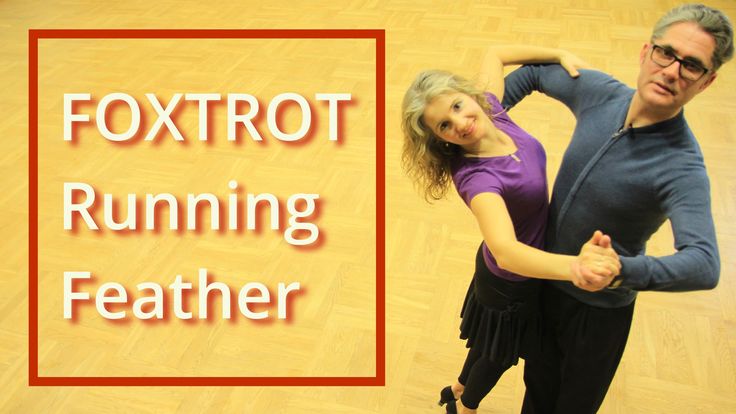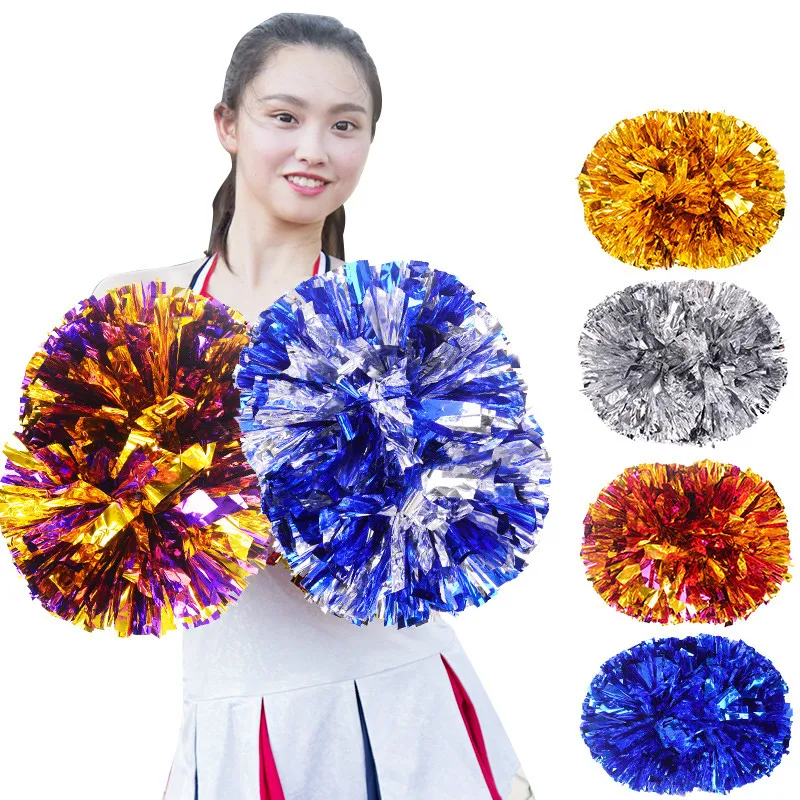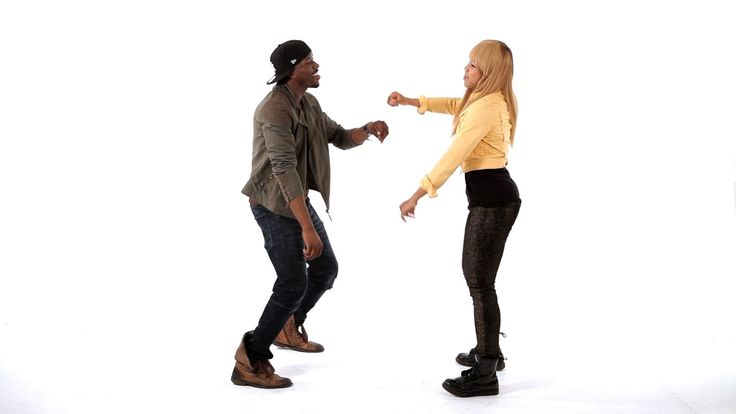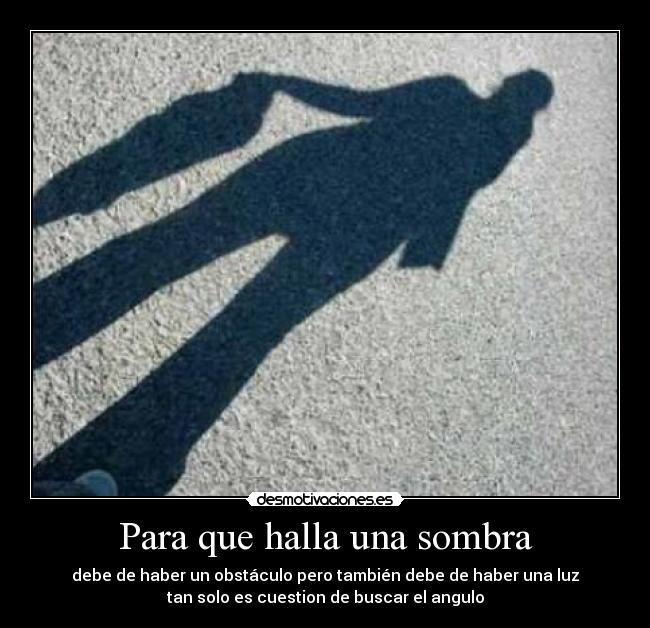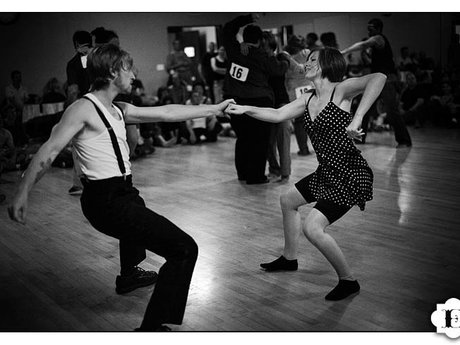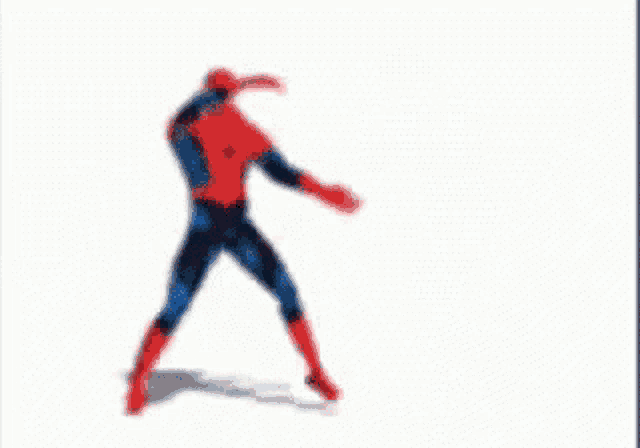How to dance foxtrot basic routine
Dance Central - Foxtrot Choreography
See Also: Foxtrot Syllabus Routine Builder
Foxtrot Newcomer Routine #1
Start Man FDC. Preparation (1234 5678)
Repeat from #1
Foxtrot Newcomer Routine #2
Start Man FDC. Preparation (1234 5678)
Feather Step (SQQ)
Reverse Turn (SQQ SQQ)
Three Step (SQQ)
1-3 Natural Turn (SQQ)
Closed Impetus and Feather Finish (SQQ SQQ)
Reverse Turn (SQQ SQQ)
Three Step (SQQ)
Natural Turn (SQQ SSS)
Repeat from #1
Foxtrot Bronze Routine (2 sides)
Start Man FDC. Preparation step (1234 5678)
Repeat from #1
Foxtrot Bronze Routine (4 sides)
Start long side: Man FDC. Preparation step (1234 5678)
Feather Step (SQQ)
Reverse Turn (SQQ SQQ)
Three Step (SQQ)
Natural Turn (SQQ)
Closed Impetus and Feather Finish (SQQ SQQ) At corner, ending DW of new LOD
Reverse Turn (SQQ SQQ) (optional, if short wall is very short)
Reverse Turn (SQQ S) checked, at corner
Basic Weave (QQ QQ QQ)
Three Step (SQQ)
Natural Weave (SQQ QQ QQ)
Change Of Direction (SSS) at corner, ending DC of new LOD
Feather Step (SQQ)
Reverse Turn (SQQ SQQ)
Change Of Direction (SSS) at corner, ending DC of new LOD
Repeat from #1
Foxtrot Silver Routine
Start with one hand hold, Man BDC or BLOD (a bit unusual), stand at the beginning of short side.
Main with weight on his RF; Lady weight on her LF.
Preparation: one step preparation: Man LF fwd, Lady RF back, head shape to R, make sure to stay on Man's right, do not cross into his space. Picture pose.
Feather Finish (SQQ): ending Man Facing DW
Three Step (SQQ)
Hover Cross (SQQQQQQ) at corner, changing LOD.
Open Telemark and Feather Ending (SQQSQQ)
Hover Telemark (SQQ)
Natural Weave (SQQ QQ QQ) overturned
S: Man may shape to left, in which case, shape with Man and turn head to left. If Man doesn't shape, keep head to right, but do not get ahead of Man, Man needs to get ahead.
Keep head movement smooth. Scooping action starting S
Overtuned, to end Man Facing LOD.
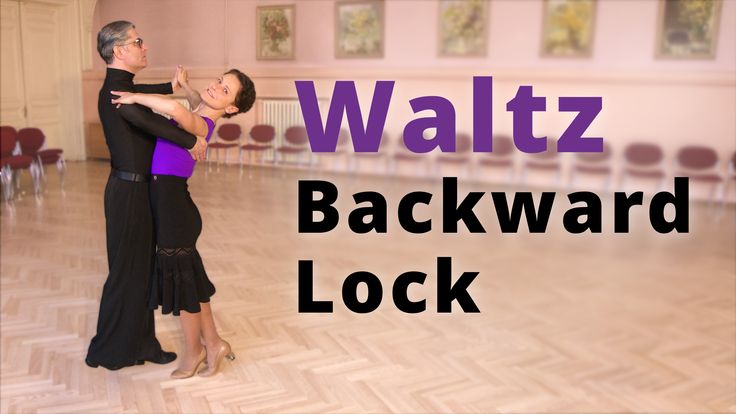
Reverse Turn (SQQ SQQ)
Lady: For this one, keep head to left, keep classic look.
Last Q: not dropping heel, changing direction to start Top Spin.
Top Spin (QQQQ) ending DW new LOD Make this flatter, make it travel down short side
Reverse Wave (SQQ SQQ)
Man: don't turn too much, flatten it out, more swing on step 5 (Lady is on the outside of turn on this step 5)
Lady: Wave: curve with Man, stay with his right side. slowly turning head back smoothly.
Open Impetus (SQQ) facing DC new LOD
Weave from PP (SQQ QQ QQ)
Three Step (SQQ) Keep straight line, stay in your space.
Natural Telemark (SQQQQ)
Foxtrot Open Telemark, Natural Turn to Outside Swivel and Feather Ending (SQQSQQS) finish in PP in the corner
Lady: Last S: Head can stay in left (in which case, make sure the hip does turn into Promenade position), Or, turn head into Promenade (stay behind Man)
Weave from PP (SQQ QQ QQ)
Repeat from #2.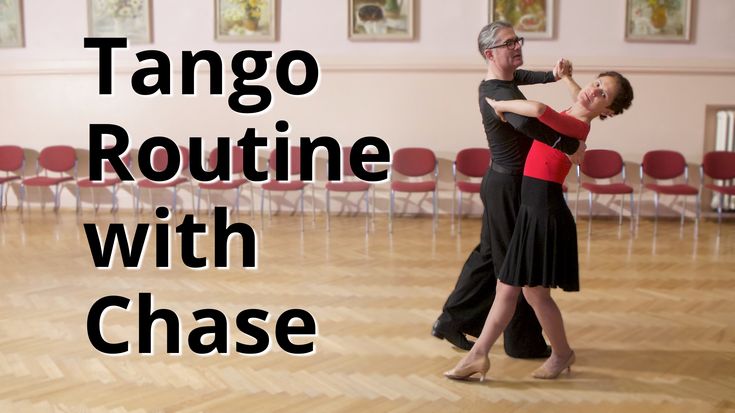
Foxtrot Gold Routine
Start on short side, Man FDC.
Preparation (1234 5678) ---------- start short wall
Feather Step (SQQ)
Bounce Fallaway with Weave Ending (QQQQ QQQQ) starting Man DC, ending Man DW
Fallaway Reverse and Slip Pivot (QQQQ) Fallaway is along DW, into the corner (not the typical alignment)
Change Of Direction (SS) (corner) End: Man DC (or DW on new LOD)
Curved Feather to Back Feather, Feather Finish (QQ SQQ SQQ) ---------- corner, don't over turn, will travel DC.
Basic Weave (QQ QQ QQ)
Hover Feather (QQ), extra shaping
Three Step (SQQ) Moving along DW; bigger movement; Lady: 1st Q - swing L hip
Curved Feather (SQQ)
Open Impetus (SQQ) (corner) with Feather Ending (SQQ) ---------- corner
Basic Weave (QQ QQ QQ)
Hover Feather (QQ) (For music phrasing)
Open Telemark, Passing Natural, Outside Swivel (SQQ SQQ S) corner
Curved Feather to Back Feather, Feather Finish (SQQSQQ SQQ) ---------- corner
Bounce Fallaway with Weave Ending (QQQQ QQQQ)
Alternatively: Fallaway Reverse and Slip Pivot (QQQQ), Basic Weave (QQ QQ QQ), Hover Feather (QQ)
Reverse Wave (SQQ SQQ) corner
Closed Impetus and Feather Finish (SQQ SQQ) ---------- corner
Repeat from Bounce Fallaway
Foxtrot Dance Steps
ETDS is a ballroom and latin tournamentPhoto by Anoko / Wikimedia
Foxtrot Basics
Foxtrot is a smooth dance, traveling around the line of dance.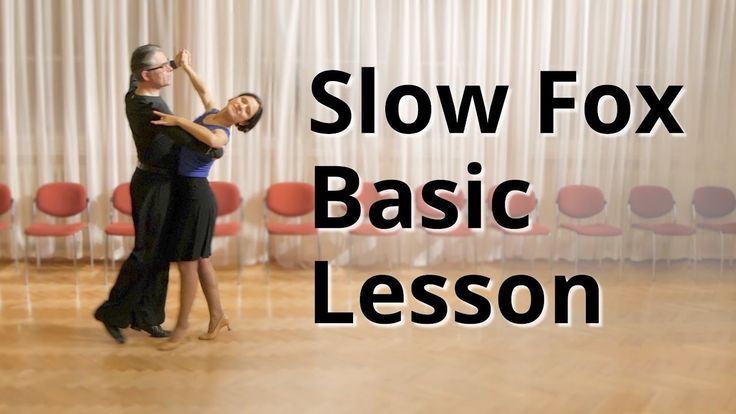 The long walking movements involve a subtle rise & fall action. Turning movements are similar to Waltz, but with a more moderate rise and fall, and more length-wise action.
The long walking movements involve a subtle rise & fall action. Turning movements are similar to Waltz, but with a more moderate rise and fall, and more length-wise action.
International Foxtrot syllabus has only closed dance position but in American Foxtrot, both open and closed dance positions are allowed. The Foxtrot originally started with slow and quick steps but soon evolved to include twinkles and chasses.
The Foxtrot is danced to music written in 4/4 time with the first and third beats of each measure more heavily accented. It is danced in combinations of slow and quick steps, with each slow step taking two beats and each quick step one beat of music.
Therefore, a dance basic figure in slow, slow, quick, quick rhythm takes one and a half measures, while a dance figure in slow, quick, quick rhythm takes one measure.
Foxtrot is extremely versatile and can be danced to a variety of musical styles and tempi. Foxtrot music has a tempo of 29 to 34 measures per minute.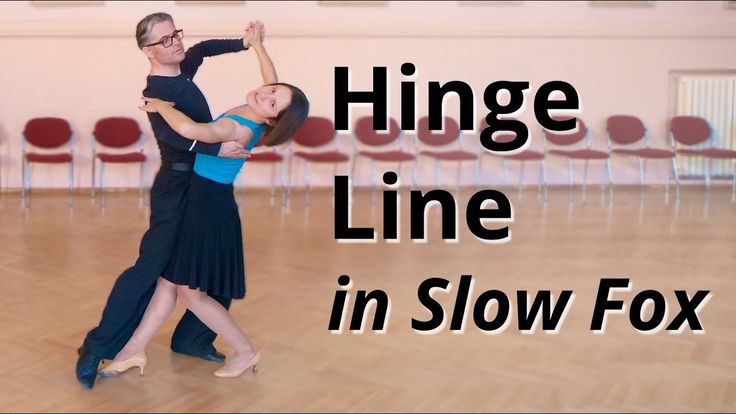
Foxtrot is danced in a closed ballroom dance position hold. In closed position, the man and lady stand in front of each other, slightly offset to the left.
The lady's right hand and man's left hand are joined in an upper-hand clasp at approximately the lady's shoulder level.
The man's right hand is placed on the lady's shoulder blade, with the lady's left arm resting on his right.
Foxtrot Basic Forward
How to Dance a Basic Forward Step
Rhythm - Slow, slow, quick, quick. Foxtrot music is 4/4 timing which means there are 4 beats to 1 bar of music. A slow is 2 beats and a quick is 1 beat.
Men
Men start facing line of dance. (Hint: Face slightly toward the right wall of the room, or you'll eventually hit the left wall.)
- Start with feet together and weight on right foot
- With left foot take 1 walking step forward (slow)
- Step forward with right foot (slow)
- Step sideways with left foot (quick)
- Close right foot to left foot (quick)
- You'll end with your weight on right foot, ready to 'rinse, repeat' with left foot.
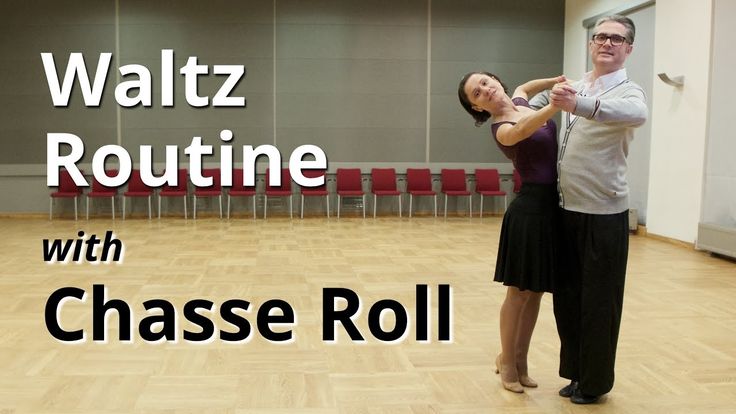
Man's foot position
Rhythm - Slow, slow, quick, quick.
Foxtrot Basic forwardStep diagram by Centralhome.com
Ladies
- Start with feet together and weight on left foot
- With right foot take 1 walking step backward (slow)
- Step back with left foot (slow)
- Step sideways with right foot (quick)
- Close left foot to right foot (quick)
- You'll end with your weight on left foot, ready to 'rinse, repeat' with right foot.
Foxtrot Basic Backward
Man's foot position
Start position
Foxtrot basic backward stepStep diagram by Centralhome.com
Rhythm - Slow, slow, quick, quick.
Foxtrot Rock Left Turn
Man's foot position
Foxtrot Rock left turnStep diagram by Centralhome.com
Rhythm - Slow, slow, quick, quick.
Foxtrot Forward progressive
Man's foot position
Foxtrot forward progressiveStep diagram by Centralhome.com
Rhythm - Slow, slow, quick, quick.
Foxtrot Promenade Step
Man's and lady's foot position
Foxtrot promenade stepsStep diagram by Centralhome.com
Start
Rhythm - Slow, slow, quick, quick
About the Author
Jake Fuller is a staff blogger for Centralhome.com.
Recommended for you
Foxtrot steps 2
History of Foxtrot
Foxtrot syllabus
Dance Terms and definitions
Dance Tips
Share
Next in Steps: Foxtrot Steps 2
Slow Foxtrot Lessons
Foxtrot is a couples dance full of grace and elegance. In motion, the dancers “draw” intricate patterns on the parquet, and this spectacle captivates the audience. No matter how difficult the steps may seem at first glance, in fact, anyone can master them.
Slow foxtrot lessons, learning to dance.
Sports and dance club "Insight" in St. Petersburg invites adult students to classes. The teaching algorithm has been worked out for a long time and successfully. First, the dancers learn the most basic elements, and then connect the movements together and perform a coherent spectacular dance.
Even if you have never tried your hand at fast or slow foxtrot before visiting our club, you can easily learn this dance under the guidance of our highly qualified trainers. Classes are taught by ballroom dancing professionals who have participated and won in a huge number of tournaments and championships throughout their careers. They consistently climbed all the levels of mastery and, based on their own experience, understand how to help students repeat the same path. Their teaching talents will help you discover your own abilities.
Dancing in pairs, you will improve your coordination of movements, learn to feel and understand each other better. It is never too late to learn how to play the foxtrot, no matter how old you are or whether you have danced before.
Pair dances in a modern style demonstrate real miracles of choreography and plasticity. The foxtrot has become one of the best ways to express emotions in motion. The slow pace of the step, combined with smooth transitions, conveys an extraordinary aesthetic!
Foxtrot features
There are no strict rules in the dance, which are typical for ballroom performances. A creative approach to business gives a special appeal to any rhythm. In the foxtrot, you can move with straight feet and alternate fast steps with slow ones. In the 21st century, dance, which originated in the last century, is complemented by new techniques and techniques.
A creative approach to business gives a special appeal to any rhythm. In the foxtrot, you can move with straight feet and alternate fast steps with slow ones. In the 21st century, dance, which originated in the last century, is complemented by new techniques and techniques.
Varieties of foxtrot:
- slow tempo;
- fast rhythm;
- folk dance.
In the mixed version, participants are free to improvise. A couple can be in "free flight", observing the basic rules of rhythm. Foxtrot combines turns, triple steps, weaving, feather-finish and other tricks. In the dance, the partners "draw" the pattern together with elegant movements.
Slow foxtrot (slowfox) is ideal for lovers of the classics. All movements at this pace are filled with ease and grace. In a smooth rhythm, it is difficult to maintain balance and bring every movement to perfection. Our educators make the learning process easy and help couples prepare for epic performances.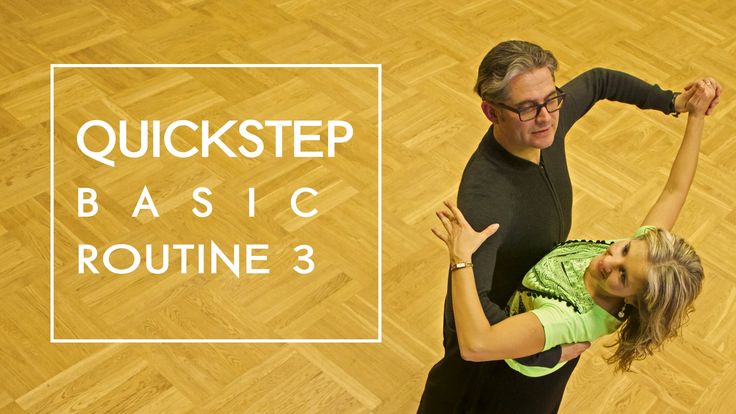
Dancing in a fast rhythm (quickstep) attracts energetic people. This kind of foxtrot was created thanks to the best motives of jazz and Charleston techniques. Fast dance requires increased flexibility and special care from partners. Foxtrot is complemented by auxiliary movements:
- spreads;
- chassis;
- progressive steps.
Fast pace is accompanied by jumps and sharp swings. Demonstrate your dexterity to others and master new tricks of acrobatics! Our teachers will help you become a virtuoso in this matter.
Folk foxtrot (social) is characterized by freedom of movement, but retains several basic positions. The variant received a huge response from the public, who wanted to bring elements of originality into the usual rhythm of the dance. Folk dances are accompanied by unrestrained fun! The performance of the dance in this case is greatly simplified.
The special charm of the foxtrot
Numerous combinations and alternations of steps reveal the beauty of the sophisticated style.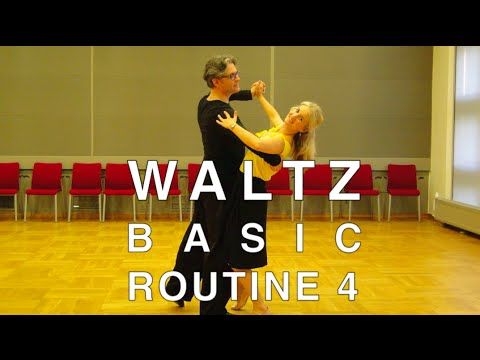 Every movement in the foxtrot looks natural and romantic. The dance is built on the musical time signature 4/4 and the tempo is from 28 to 52 beats per minute (depending on the rhythm).
Every movement in the foxtrot looks natural and romantic. The dance is built on the musical time signature 4/4 and the tempo is from 28 to 52 beats per minute (depending on the rhythm).
Partners can move in a gliding motion, imitating the steps of a fox or lynx. Foxtrot never leaves the audience indifferent! In the club "Insight" you can learn a skillful dance from scratch, without any preparation. The peculiar foxtrot technique delights children and adults.
Couples who perform in front of the audience show them the special charm of contemporary art. Foxtrot is not limited to standard tricks that can bore the audience. The dance embodies the partners' unsurpassed flexibility. Many of the movements characteristic of the foxtrot were later borrowed to build the slow waltz and hustle technique.
If you have long dreamed of being on stage and merging with the music as one, come to the club "Insight". Experienced teachers (experts, winners of numerous awards) will teach you all the subtleties of dance movements.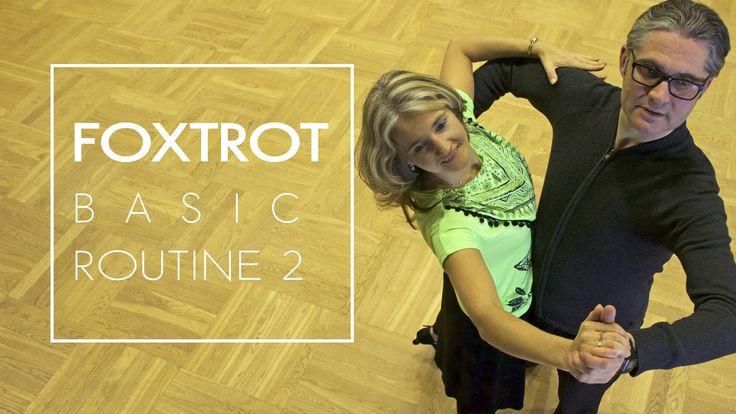 With us you will reveal your talent to the fullest. We provide individual and group lessons for children and adults. Become real foxtrot stars with the support of talented teachers! 9Ol000 sport)
With us you will reveal your talent to the fullest. We provide individual and group lessons for children and adults. Become real foxtrot stars with the support of talented teachers! 9Ol000 sport)
List of basic Foxtrot dance figures
List of Foxtrot dance figures
according to WDSF and FTSARR rules
1. Feather Step Feather (Feather step)
2. Reverse Turn step
5. Natural Turn Right turn
6. Natural Turn (rev. [4]) (see note) Right turn (rev. [4])
7. Heel Pull Finish (rev. [4]) Heel pull finish (as amended [4])
8. Closed Impetus Turn (*) (Impetus [4]) Closed Impetus Turn (Impetus)
9. Feather Finish Feather Finish
10. Feather Ending PP Feather
11. Reverse Wave Left Wave
12. Weave (Basic Weave) Weave (Basic Weave)
13. Basic Weave, including Extended Basic Weave ) (see note) Basic weave, including the option Extended main weave (as revised [4])
14. Change of Direction Change of direction
15. Natural Weave (including the option Extended Natural Weave [4]) Right weave (including the option Continued right weave [4])
16. Closed Telemark (Telemark [4])
Closed Telemark (Telemark [4])
17. Open Telemark (Telemark to PP [4])
18. Passing Natural Turn from PP (Open Natural Turn from PP ) (see note to edition [4]) Passing right turn from BCP (Open right turn from BCP)
19 Open Natural Turn (as revised in [4]) (see note) Open right turn (as revised in [4])
20. Outside Swivel
21. Open Impetus Turn (*) (Impetus to PP [4])
22. Weave from PP (including Extended Weave from PP [4]) PP Weave (including Extended Weave from PP [4])
23. Top Spin Top Spin
24. Natural Telemark Right Telemark
25. Hover Feather Hover Feather
26. Hover Telemark Hover Telemark
27. Quick Natural Weave from PP (Running Weave from PP [4])
28. Natural Twist Turn Right Twist Turn
29. Quick Open Reverse Turn Fast open left turn
30. Quick Open Reverse Turn (as revised in [4])
31. Reverse Pivot Left Pivot
32. Hover Cross Hover Cross
33. Curved Feather Curved Feather
34. Back Feather
35. Curved Feather from PP
Curved Feather from PP
36. Fallaway Reverse and Slip Pivot
37. Lilting Fallaway with Weave Ending (Bounce Fallaway with Weave Ending) Bounce Fallaway with Weave Ending
38. Natural Zig-Zag from PP Right zigzag from PP
39. Extended Reverse Wave Extended Left Wave
40. Curved Three Step Curved Three Step
41. Double Reverse Spin Double Left Spin
42. Natural Hover Telemark Right Hover Telemark
43. Outside Spin Outside Spin
44. Outside Change Outside Change
45. Progressive Chasse to Right
46. Running Finish
47. Hover Corte Hover Corte
48. Whisk Whisk
49. Back Whisk Back Whisk
Notes to the Slow Foxtrot Figure List:
a) Figure 3 - Reverse Turn in edition [4] represents steps 1-3 of figure 2 with the same name - Reverse Turn in editions [1] and [2]. 81
b) Figure 6 - Natural Turn in edition [4] represents steps 1-3 of figure 5 with the same name - Natural Turn in editions [1] and [2].
c) Figure 13 - Basic Weave Revision [4] represents steps 2-7 of Figure 12 - Weave Revision [1] and Basic Weave Figure Revision [2].